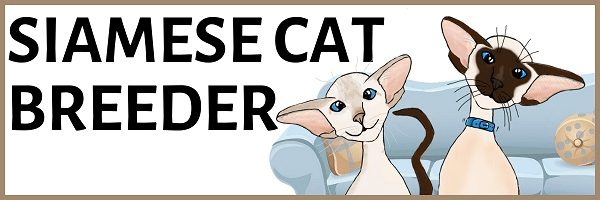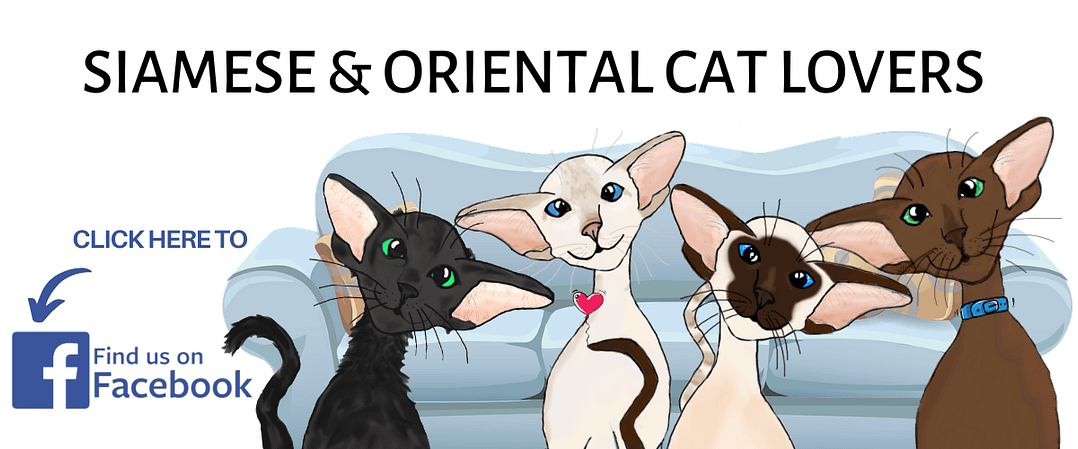It can be quite confusing to translate the old GCCF breed numbers to the new EMS codes.
Thankfully when entering shows all we have to do is copy the breed number directly from the registration document. It is up to the poor show manger to translate them!
If you are registering a litter of kittens though you will need to use the new EMS codes.
I suppose is a bit like moving from ‘old money’ to ‘new money’. I am sure for years to come it will cause some confusion.
Adding a short article explaining how to use the EMS codes specifically for the Siamese and Balinese will hopefully make life a bit easier!
I can imagine when people start to use the new EMS codes and describe a seal point as a ‘SIA n’ they will no doubt be asked by someone what is that in real money?
[thrive_text_block color=”note” headline=””]Download your FREE EMS Cheat Sheet to Siamese and Balinese EMS Codes.[/thrive_text_block]
Simple Guide to Siamese and Balinese EMS Codes
Though initially a little confusing it is actually very easy. (I promise) Don’t worry if you are still struggling there is also a conversion table included further down the page. The idea is that all the different breeds of cat use the same system. When looking at the EMS code of a cat it will be easy to determine the breed, colour and pattern etc. across the board, one system for all the breeds.
In the case of Siamese and Balinese the EMS code can be described as having up to four sections.
[thrive_text_block color=”blue” headline=””]1. The first part of the code determines the breed of the cat.
All Siamese EMS codes start SIA and all Balinese start BAL. [/thrive_text_block]
[thrive_text_block color=”blue” headline=””]2. The next part of the code is the colour of the cat.
e.g 1 SIA n or BAL n (n equals noire/black) (SIA n = Siamese Seal or BAL n = Balinese Seal)
e.g 2 SIA b or BAL b (b equals chocolate) (SIA b = Siamese Chocolate or BAL b = Balinese Chocolate)[/thrive_text_block]
[thrive_text_block color=”blue” headline=””]3. The third part of the code is tabby pattern and is only used if the cat is tabby.
e.g SIA n 21 or BAL n 21 (SIA n 21 = Siamese Seal Tabby or BAL n 21 = Balinese Seal Tabby)[/thrive_text_block]
[thrive_text_block color=”blue” headline=””]4.The fourth part of code is only used in the case of Balinese variants.
By adding a ‘v’ at the end of the full code it identifies the cat as a variant.
e.g 1 BAL nv or BAL n 21v (BAL nv = Balinese Seal Variant or BAL n 21v = Balinese Seal Tabby Variant)[/thrive_text_block]
GCCF Breed Numbers & EMS Code Conversion Table
We have also included a conversion table below. It should make life easier for you until you get the swing of things. FREE EMS Cheat Sheet
| Non-Tabby | Tabby | ||||||
|---|---|---|---|---|---|---|---|
|
Colour
|
Siamese
|
Balinese
|
Siamese
|
Balinese
|
|||
| Seal | 24 SIA n |
61 BAL n |
32 1 SIA n 21 |
61t BAL n 21 |
|||
| Blue | 24a SIA a |
61a BAL a |
32 2 SIA a 21 |
61at BAL a 21 |
|||
| Chocolate | 24b SIA b |
61b BAL b |
32 3 SIA b 21 |
61bt BAL b 21 |
|||
| Lilac | 24c SIA c |
61c BAL c |
32 4 SIA c 21 |
61ct BAL c 21 |
|||
| Cinnamon | 24k SIA o |
32 7 SIA o 21 |
|||||
| Caramel | 24n SIA m |
61n BAL m |
32 8 SIA m 21 |
61nt BAL m 21 |
|||
| Fawn | 24r SIA p |
32 9 SIA p 21 |
|||||
| Red | 32a SIA d |
61d BAL d |
32 5 SIA d 21 |
61dt BAL d 21 |
|||
| Cream | 32c SIA e |
61f BAL e |
32 6 SIA e 21 |
61ft BAL e 21 |
|||
| Apricot | 32fn SIA em |
61fn BAL em |
32 10 SIA em 21 |
61fnt BAL em 21 |
|||
| Seal Tortie | 32b1 SIA f |
61e BAL f |
32t1 SIA f 21 |
61et BAL f 21 |
|||
| Blue Tortie | 32b2 SIA g |
61g BAL g |
32t2 SIA g 21 |
61gt BAL g 21 |
|||
| Chocolate Tortie | 32b3 SIA h |
61h BAL h |
32t3 SIA h 21 |
61ht BAL h 21 |
|||
| Lilac Tortie | 32b4 SIA j |
61j BAL j |
32t4 SIA j 21 |
61jt BAL j 21 |
|||
| Cinnamon Tortie | 32b7 SIA q |
32t7 SIA q 21 |
|||||
| Caramel Tortie | 32b8 SIA k |
61p BAL k |
32t8 SIA k 21 |
61pt BAL k 21 |
|||
| Fawn Tortie | 32b9 SIA r |
32t9 SIA r 21 |
|||||


